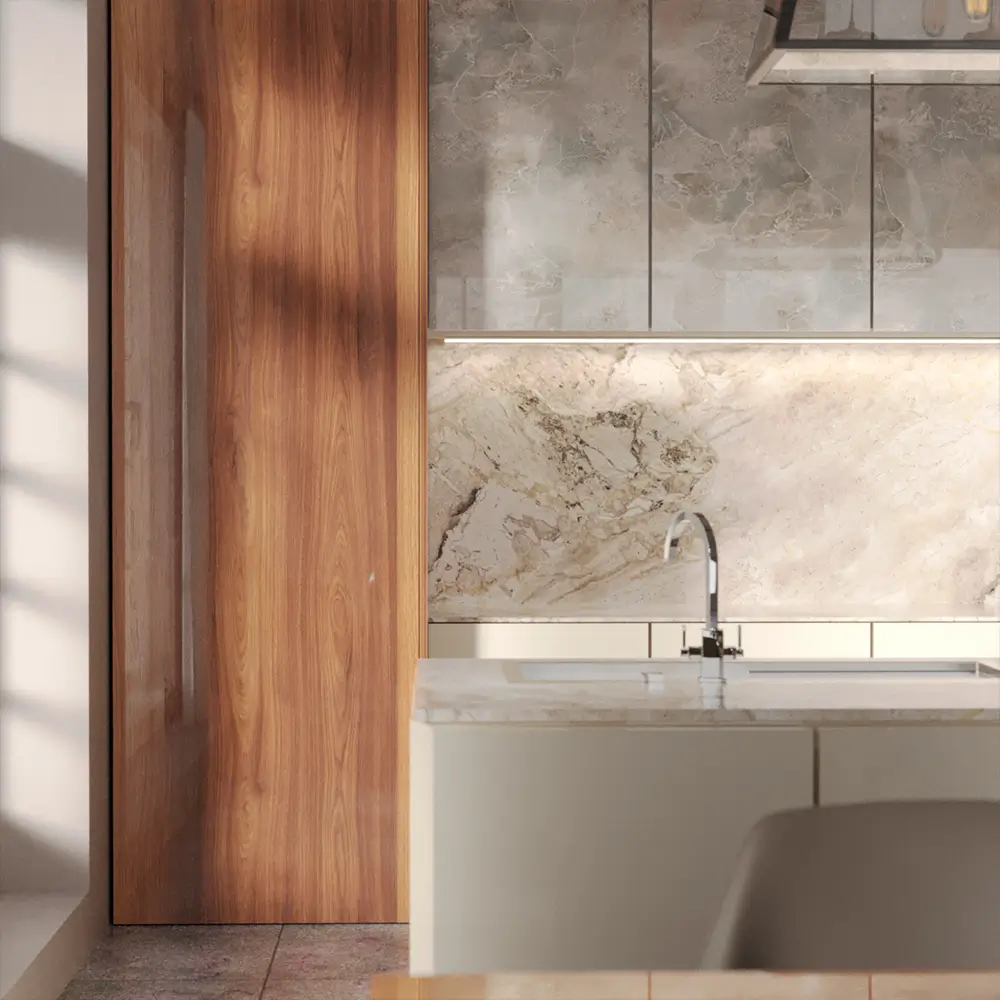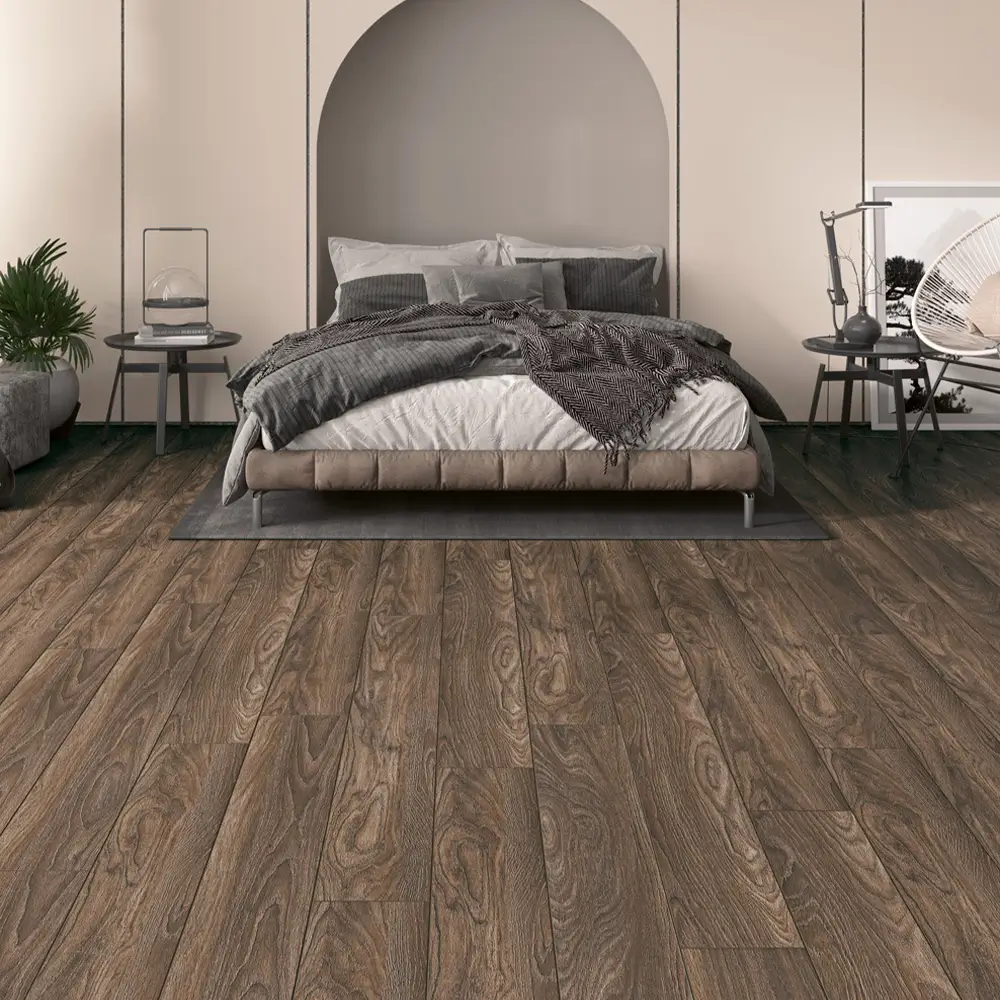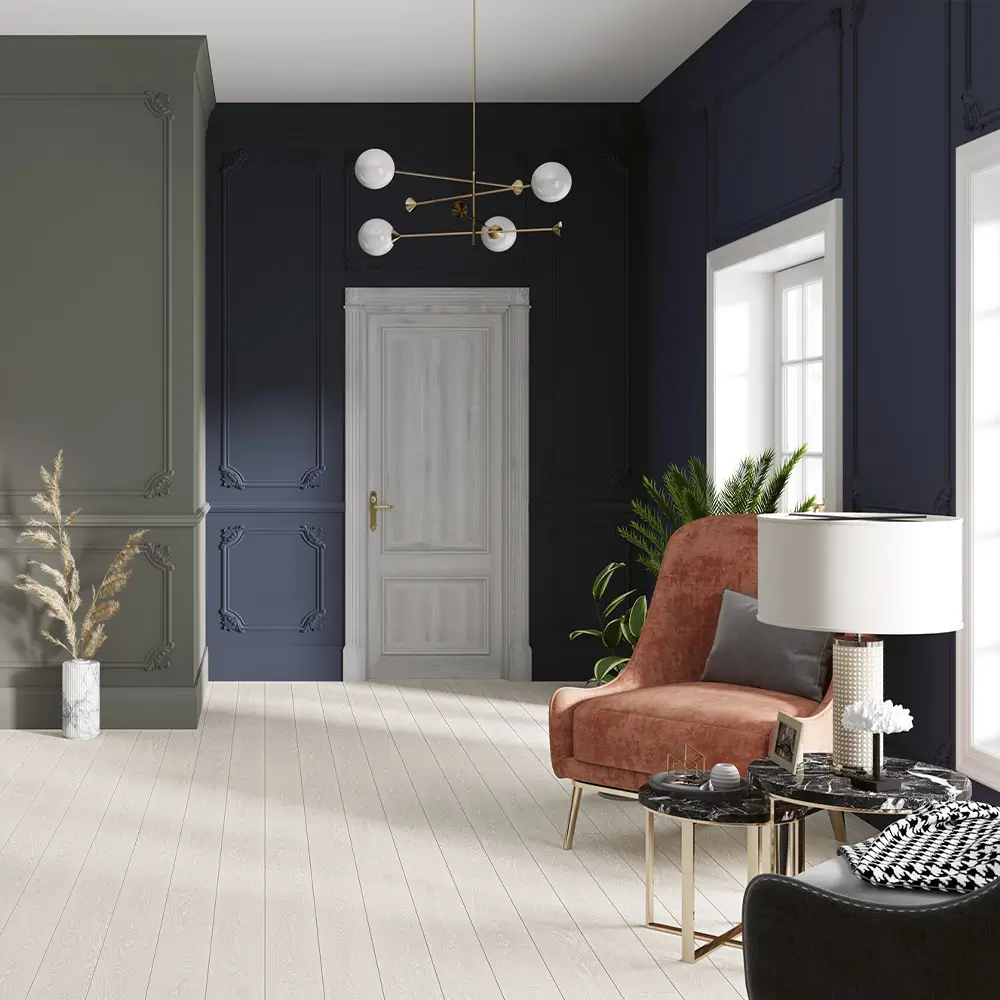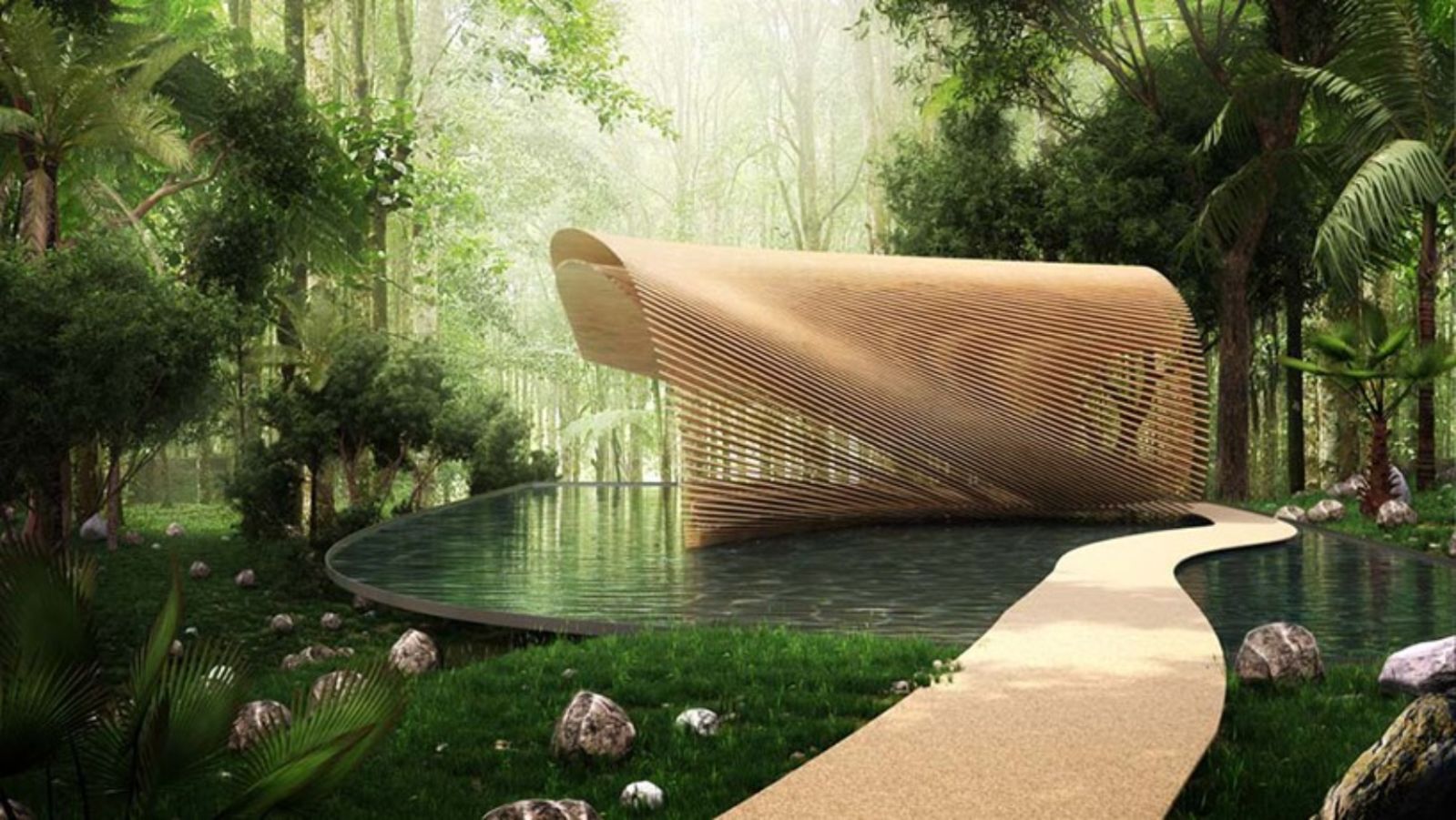
Category
inspiring ideas
inspiring ideas
From Art Nouveau, which found expression in elegant floral ornamentation and the dynamic power of nature, to the organic architectural approach of the 1930s, the thought movements emphasizing that human and nature should exist in harmony inspired many generations of pioneering designers, architects and artists. The influence of geniuses like Frank Lloyd Wright or Alvar Aalto, who "balanced" natural materials with technology to create peaceful environments, continues to resonate today in the projects of designers who prioritize innovation and sustainability and in the spaces we live in. In organic architecture, which strengthens our ties with nature, fluid, flexible and adaptable spaces unfold and spread like an organism emerging from a seed. As in the works of Japanese architects Shigeru Ban and Kengo Kuma.
Balance and symmetry with raw materials
Rich marbles, soft and organic materials, warmer tones against white on the walls, earthy elements such as wood, stone and clay bring the space to life. The closer the ingredients are to their natural state, the better. The balance and symmetry of the delicately crafted brick wall gives each room a pleasing contrast. The raw, porous, imperfect nature of organic materials reflects the calming, restorative mood of the outdoors while adding depth, soul and visual aesthetics to interiors.
Cocoon effect and natural palette
"Cocooning", a movement that emerged in the 1980s, proposing to stay home in a comfortable environment away from danger is based on the idea that home should be a beautiful, comfortable and natural cocoon.
The warm and earthy color palette, the calmness of white, the natural motifs create a cocoon effect even in the middle of the city. From the soft curves of a nature-inspired table and chairs to the delicate buds of a flower-shaped chandelier, biophilic accents are ideal for creating feel-good "natural cocoons". The natural color palette, ranging from warm creams to golden browns and soft grays, contributes to an atmosphere that is as light, bright and fresh as it is inviting. Organic modern spaces are dominated by a spectrum ranging from cool white to warm brick and warm mustard notes.
The spirit of the forest in flora and fauna patterns
Emphasized by the exotic and enchanting patterns of the wonders of nature, tropical prints, leaf patterns, small marble details and exotic wallpapers bring a sense of natural beauty and harmony to any room. Wallpapers, artwork, furniture and accessories also bring flora and fauna-inspired prints and color palettes into homes.
Flora and fauna patterns evoke the art movements of earlier periods, but provide a more contemporary palette of colors and textures. Realistic leaf motifs with prominent veins, depictions of birds, different wood textures are connected with different softer colors such as whites, beiges and grays.
Flowers, animals, birds like flamingos or sea creatures like anemones create romantic, intimate and vibrant canvases. Dull teal, copper, gold, rose, delicate pastels; shades of bright natural products or shades of white also make great alternatives. Palm trees, bamboo, vines, cocoa trees, bromeliads, flowers, monsteras and Amazon rainforest plants add dynamism to the room.
Design Tips
Lightness, freedom and flexibility reign in designs inspired by nature. The lines are fluid, the forms more curved.
Trees, animals, flowering or non-flowering plants, seeds and everything related to the diversity of nature can become motifs.
Flora and fauna-inspired patterns such as corals, tropical trees, exotic plants and birds add warmth, texture and personality to spaces.
Spiral-shaped objects, fractal patterned fabrics, accessories or furniture that evoke the geometric order hidden in nature should be included.
The vibrations of nature should be brought into living spaces by using wood materials in every color and pattern.
The emphasis should be on natural, rough and amorphous forms.
In order to achieve a holistic design, elements and materials should be selected that work in harmony with each other like a self-sufficient organism.
Bauhaus School and Today's Understanding of Design


